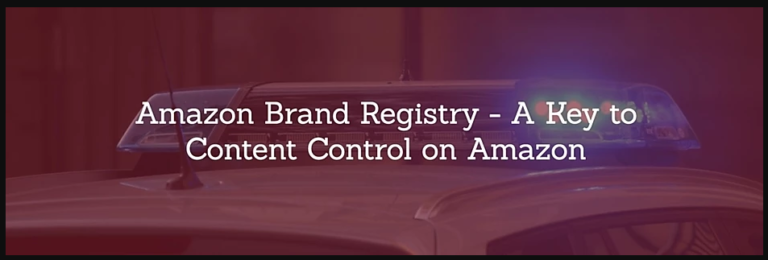Resources
Relevant Information and Actionable Takeaways

Many brands today understand the importance of maintaining MAP for their products across every sales channel – and especially on Amazon.
For those that don’t, here’s a simple formula to explain to brands why maintaining MAP on Amazon is so important:
1. When MAP is broken, brick & mortar partners will start dumping your product line.
2. When that happens, your main distribution channel becomes Amazon.
3. If most of your sales are on Amazon, you’ll attract more 3P sellers, and they will race to the bottom, and/or Amazon will start buying from you.
4. If Amazon starts buying from you and they are your main source of distribution, they are going to start asking for bigger discounts, more co-op budget, etc… and everything they ask for (demand) is going to decrease your profit margin.
Conclusion: If you fail to effectively enforce your MAP policy, you will eventually destroy your brand’s profit margin – and maybe the entire company.

Think this isn’t a huge deal? As Prime membership continues to grow Amazon’s influence on your brand will only continue to increase.
How to Enforce MAP on Amazon
The good news is that there are effective ways to enforce MAP on Amazon.
Create reseller policies that clearly outline your rules – and the consequences of not following your rules.
To avoid potential anti-trust litigation and other liabilities, roll out these reseller policies unilaterally so they are not contracts between the brand and the reseller. Require distributors and resellers to sign that they have received their reseller policy.
Create and enforce policies related to MAP.
As with the point above, these need to be unilateral policies, not contracts. Enforcement is the critical piece that will show distributors and retailers that you are paying attention. If you catch a reseller breaking the rules and decide to drop them, make sure words gets out so everyone else knows you are serious.
Where realistic, offer manufacturer warranties with your products.
Make these warranties only available on products purchased through authorized resellers. List these resellers on your website. Trademark attorneys have told us that the authorized seller’s warranty versus the unauthorized sellers lack of a warranty does, in fact, constitute a material difference in the product – and a material difference is an infringement on your trademark that Amazon will act on.
Gate your brand on Amazon.
Amazon will gate product listings if a brand can demonstrate that there are customer safety issues that exist if the product is purchased from anyone other than the authorized resellers. For ingestible products, it isn’t overly difficult to convince Amazon that you can’t guarantee safety to Amazon customers for products purchased from grey-market sellers.
Consider putting serial numbers or batch numbers on your products.
Tie these numbers back to specific distributors/retailers so that when you do a test buy from an unauthorized reseller, you can easily identify the source of the product – making it far easier to take action and close the leak. Furthermore, if a grey-market seller chooses to remove the serial numbers or batch numbers, this qualifies as a material alteration of your product, and likely constitutes infringement.
Reduce Authorized Sellers to No More Than Two
Once you have the correct legal foundation in place, you may also want to consider reducing the number of authorized sellers for your products on Amazon, as doing so will provide some significant benefits to your brand.
And finally, if you do decide to reduce the number of authorized sellers, be sure to only work with professional 3P sellers who will add value to your brand – value beyond just selling your products.



